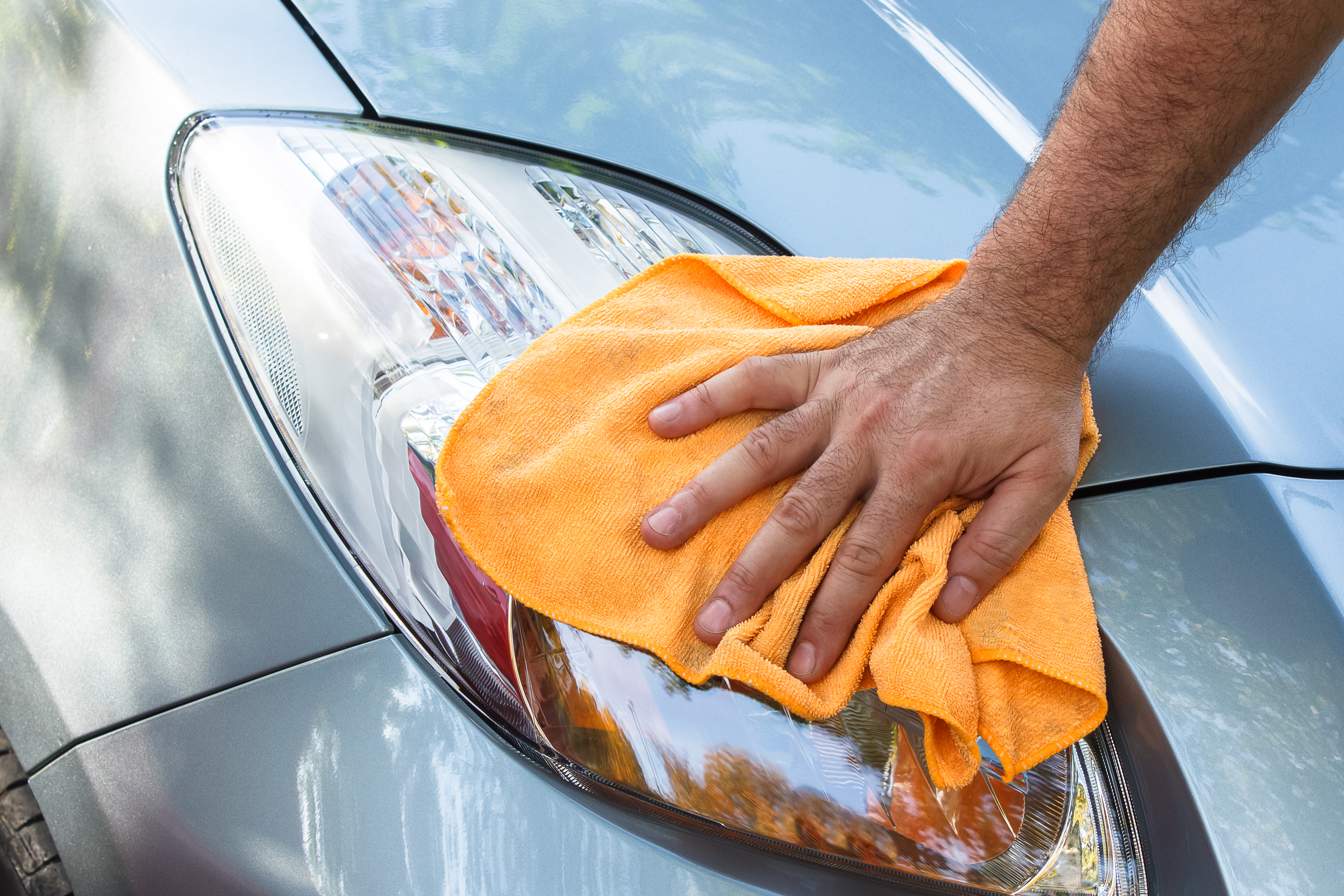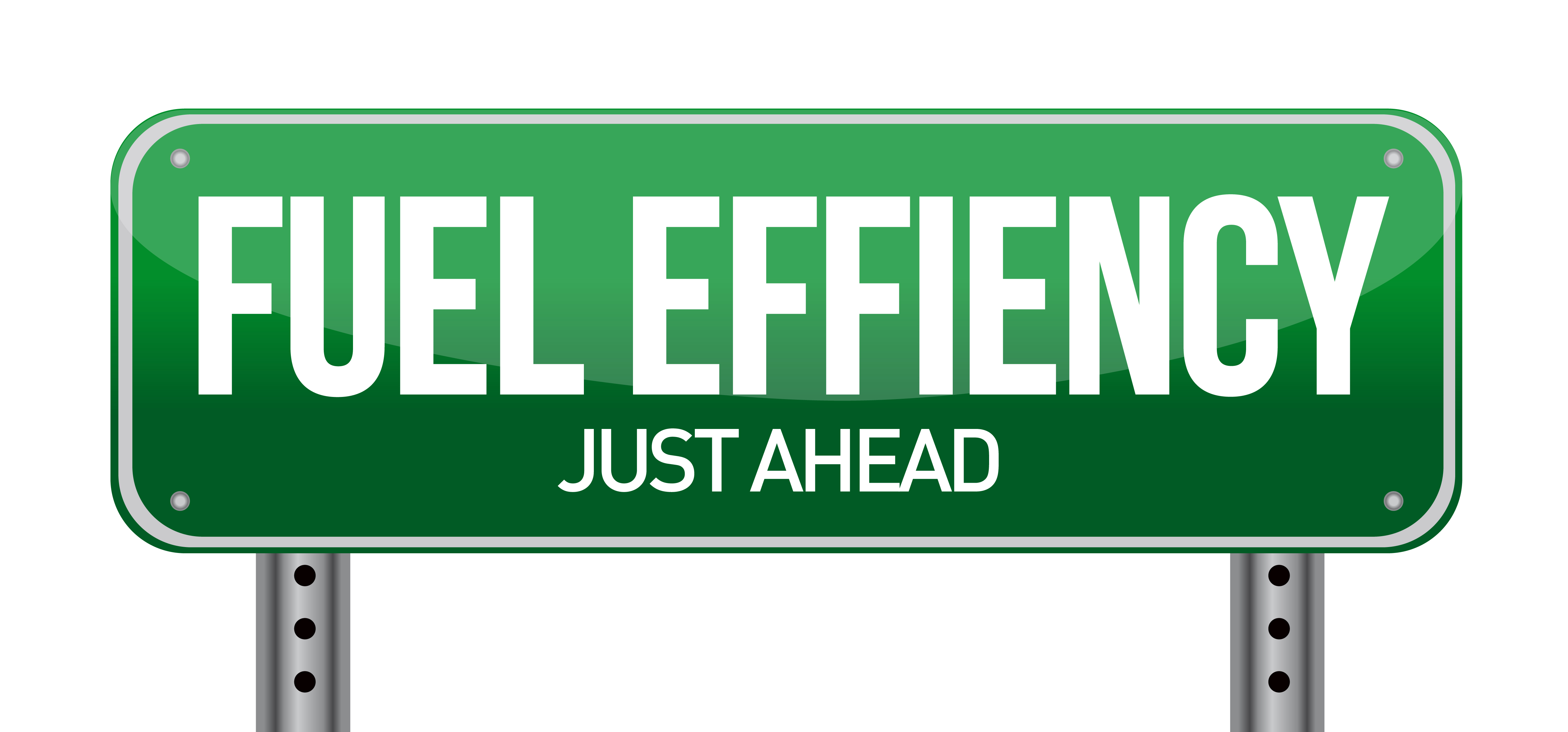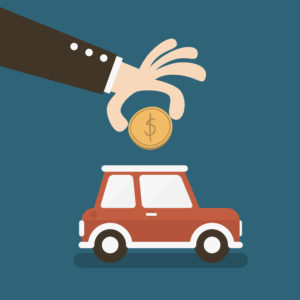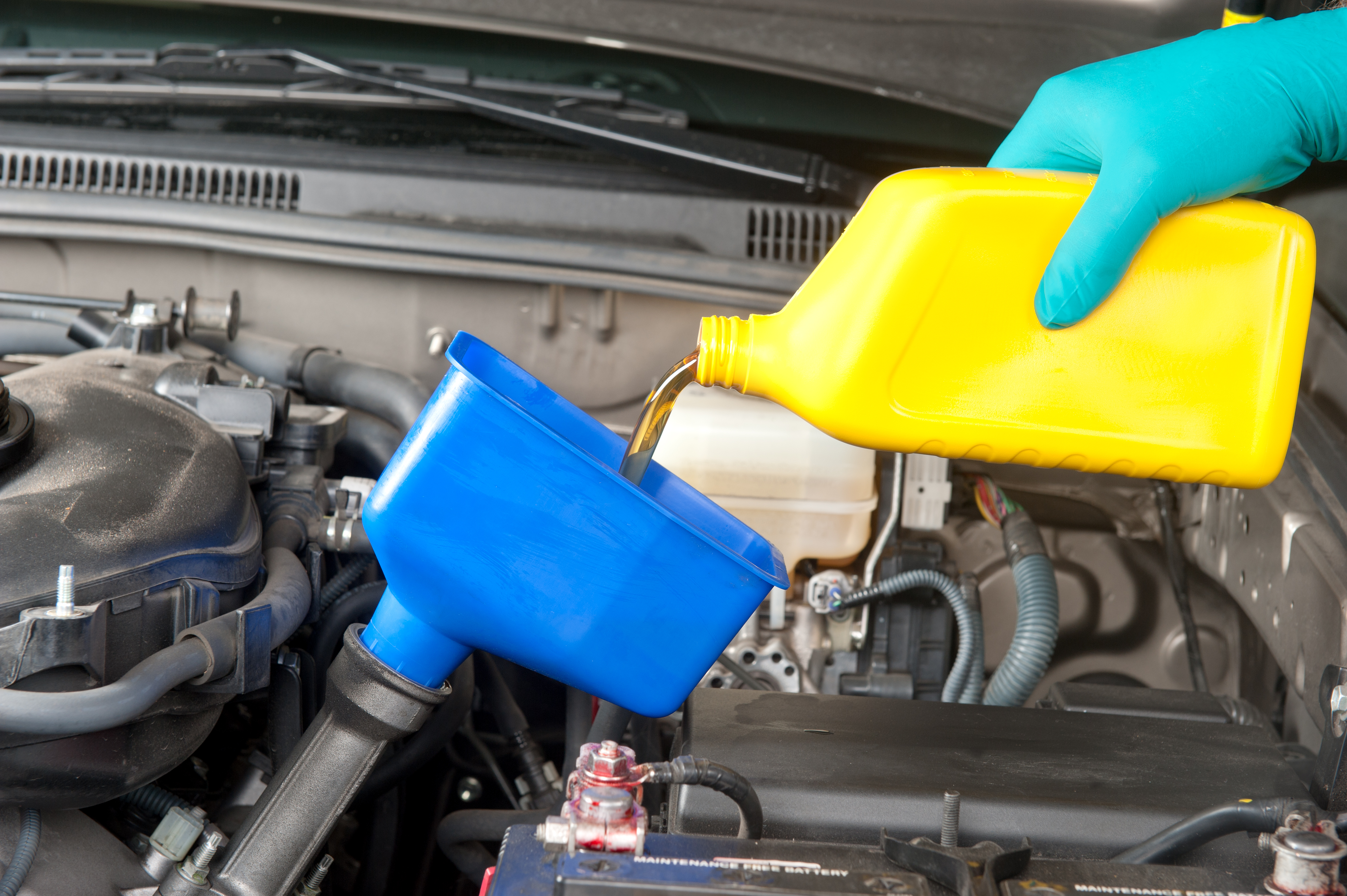Tax Deductions for an Auto Lease
Business Purpose
The IRS defines “business purpose” as having a use that is ordinary and necessary in your trade. You can have a business purpose even if you are self-employed and do not operate an organized company, such as a corporation or LLC. Many business owners have some type of vehicle expense. Car travel can include trips to get supplies, travel to job sites and customer deliveries.
Determining Business Use
If the vehicle you lease is for both business and personal use, you must determine the amount your vehicle is used for business as a percentage. To do this, you must note your odometer mileage when you first start using your vehicle for business each year. Next, you must record all your business trips in a mileage log. For each entry you make to the log, note the date, address and business reason for every destination. Indicate the odometer reading when you start and end each trip. Total all the business miles and then calculate the total miles, business and personal, you drive during the year. Divide your business miles by your total miles. The result is your business percent of use. For example, if you drive 5,000 business miles during the year and 20,000 total miles, divide 5,000 by 20,000. The result in this scenario is .25 and the business use equals 25 percent.
Standard Mileage Rate
You can choose to use the standard mileage rate or the actual expense method to figure your allowable deduction, but you can’t use both methods. Each year the IRS sets a mileage rate that you can use to determine your vehicle expense deduction. As of 2010, the standard mileage rate is 50 cents per mile. If you use this method and drive 5,000 business miles during the year, your expense deduction equals $2,500. Once you choose the standard mileage method, you must use the method until you stop using the vehicle for business.
Actual Expenses
As the name of this method implies, you can choose to calculate the actual costs of your lease and other applicable vehicle expenses and deduct the amount that is attributed to your business use. You can include the expense of your lease payments, insurance, gas, oil changes and repairs. Calculate your total expenses and multiply the amount by the business use percentage you determine from your mileage log. The result is your tax deduction for the actual costs of your leased vehicle. When you choose the actual expense method, you can switch to the mileage method in the following year, but once you use the mileage method you must continue to do so until you stop using the same vehicle for business purposes.
Quick Money Savings Tip For Safe Drivers
There are dozens of auto insurers – Which one will give you the best rate?
Step 1) Choose your vehicle make below.
Step 2) On the next page, complete the 4 minute questionnaire, and you'll have the opportunity compare the best rates in your area.
Step 3) Keep more money and possibly save hundreds!










